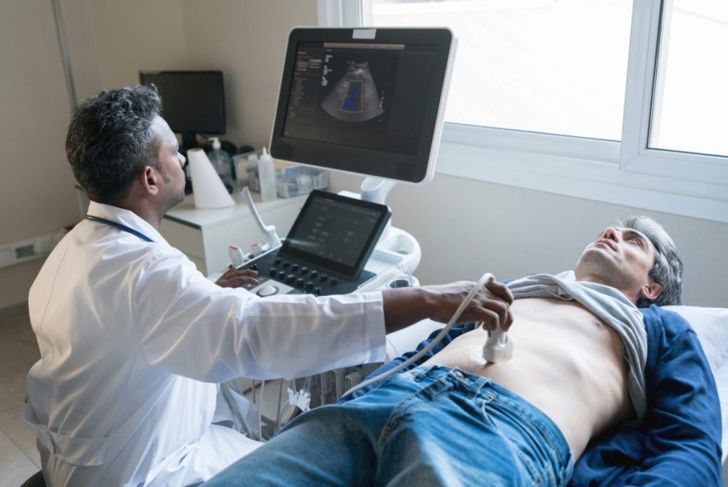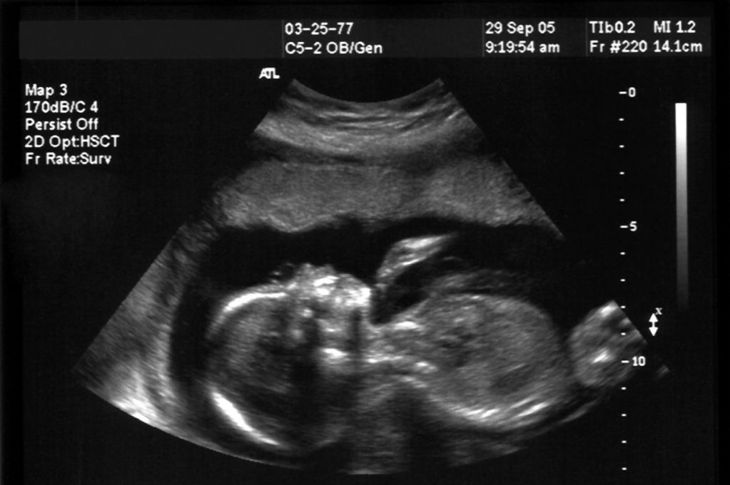Cornelia de Lange syndrome is a developmental disorder caused by a genetic mutation. The signs and symptoms are highly characteristic and typically easy to identify in severe cases, while milder forms often go undiagnosed. Cornelia de Lange syndrome can affect appearance, the skeletal system, cognition, and behavior and is usually diagnosed in infancy or childhood. Treatment of the syndrome includes adaptive occupational and physical therapies. The condition is not life-threatening, though serious complications may arise.
Discovery of Cornelia de Lange Syndrome
Signs and symptoms of the syndrome were first described in 1933 by a Dutch physician named Cornelia de Lange. Dr. de Lange noted the cases of two young girls who had now-characteristic markers, including small head circumference, feeding difficulties, and abnormal facial features. Despite the naming honor eventually going to de Lange, the syndrome was described several years earlier by Dr. W Brachmann who, in 1916, noted characteristics of a patient that were later determined to fit the criteria for the syndrome. Though less common, the syndrome is sometimes referred to as Brachmann-de Lange syndrome.
Physical Features
The distinct facial features and skeletal abnormalities of Cornelia de Lange syndrome often allow for a diagnosis based on physical appearance alone. This is particularly true in more severe cases. Physical signs of Cornelia de Lange syndrome include
Abnormally small head
Short stature
Skeletal deformities, particularly in the hands, arms, and fingers
Long eyelashes
Arched eyebrows
Low set ears
Excessive body hair
Intellectual and Behavioral Symptoms
Impaired cognitive functioning and maladaptive behaviors are common in severe cases of Cornelia de Lange syndrome. The syndrome can affect learning, reasoning, language, personal care, and social skills. A person with the syndrome often also exhibits behaviors common with some types of autism, including compulsive repetition and self-injury.
Causes of Cornelia de Lange Syndrome
A mutation in the NIPBL, SMC1A, HDAC8, RAD21, or SMC3 gene causes Cornelia de Lange syndrome. These genes produce a protein instrumental in fetal development called cohesin complex, and the mutation leads to abnormal production of the protein, resulting in impaired regulation and organization during development.
Inheritance Patterns
Mutated NIPBL, RAD21, and SMC3 genes are inherited in an autosomal dominant pattern, meaning only one copy of the mutation in each cell is necessary for the development of the syndrome. Mutated SMC1A and HDAC8 genes are inherited in an X-linked dominant pattern in which the mutation occurs on the X chromosome.
Varying Severity
The severity of Cornelia de Lange syndrome is highly variable, even between people with the same mutated gene. Additional genetic abnormalities, including other mutations, and environmental factors can influence the development of the disease and its signs and symptoms. One person with the disorder may live a relatively normal life, while another will need multiple surgeries and therapy.
Complications of Cornelia de Lange Syndrome
Due to the range of symptoms it causes, Cornelia de Lange syndrome carries with it a risk of various complications ranging from relatively minor to serious. Luckily, most are manageable with proper medical care. Complications include
Congenital heart defects
Gastrointestinal disturbances
Bowel obstruction
Seizures
Eye issues, including undeveloped tear ducts or extreme nearsightedness
Hearing loss
Diagnosing Cornelia de Lange Syndrome
Cornelia de Lange syndrome is often diagnosed in infancy, though severe cases can be diagnosed with ultrasound imaging before birth. Milder cases of the syndrome may not be diagnosed until a child’s delayed growth or feeding difficulties become noticeable.
Treatment
Treatment of Cornelia de Lange syndrome depends on the severity, signs, and symptoms of the disease. Supplemental formula or placement of a gastrostomy tube may be necessary to support growth in infancy. Speech, physical, and occupational therapies are often recommended as a child develops into adolescence and, in some cases, beyond. Though rare, surgery may be necessary to address skeletal or gastrointestinal abnormalities.
Living with Cornelia de Lange Syndrome
Most people diagnosed with Cornelia de Lange syndrome live well into adulthood with little limitation in their daily lives. Complications of the syndrome may negatively impact the quality of life and life expectancy, though this is less common. Ongoing medical support and care are key to living a happy and healthy life with the syndrome.

 Home
Home Health
Health Diet & Nutrition
Diet & Nutrition Living Well
Living Well More
More




















